WHAT I’VE LEARNED | Prue Henschke
Prue Henschke met her husband Stephen in 1973, when studying botany and zoology at the University of Adelaide, where he was completing a Bachelor of Science. After graduating, they travelled to Geisenheim in Germany to study winemaking, before returning to South Australia and eventually taking the reins at Stephen’s historic family winery, Henschke, in Barossa’s Eden Valley. There, for the last 40 years, he has been the winemaker and Prue the viticulturalist. In October, Henschke was crowned Best Fine Wine Producer (Rest of the World) at the Golden Vines Awards, sponsored by 67 Pall Mall
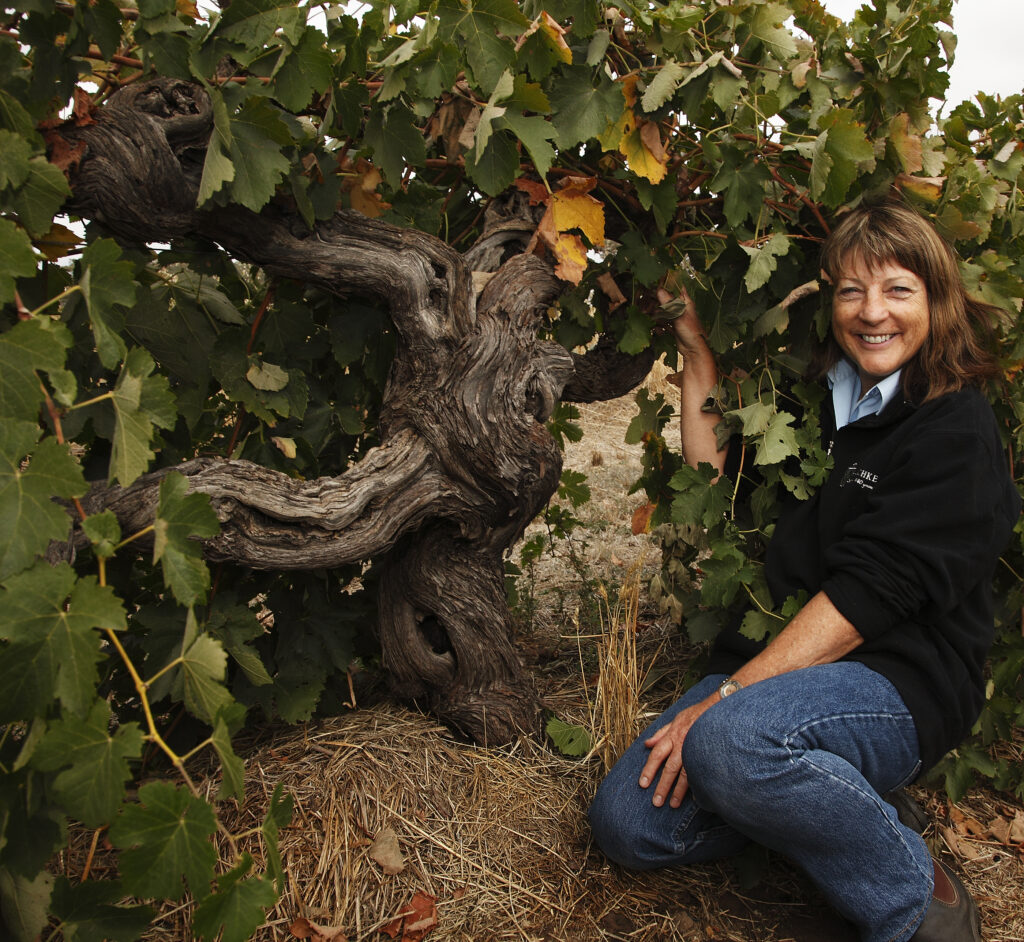
‘Studying in Germany was a real eye-opener. They were far more interested in things that we’re only looking at now. Regenerative agriculture; soil health; canopy management; new varieties; vine breeding; clonal selection… It was all about the importance of site.’
‘Starting as viticulturalist at Henschke in 1987 was like walking into a piece of history. Everything was done as it had been for decades. I realised things had to change, but I knew I had to do it gradually.’
‘Back then, environmental concerns weren’t really a thing. It was a monoculture, so if you were planting a vineyard, everything else would be wiped out. That usually meant red gum grassland or country woodlands, so you’re basically removing hundreds of 1,000-year-old trees. The red gums here are a bit like your oak trees in the UK, and there’s a lot of culture associated with that, Aboriginal culture. I remember being horrified when overseas distributors saw photos of our vineyards and couldn’t even identify that they were Australian. I thought we had a really individual landscape, but when you looked at it, it was just a stretch of vines and posts.’
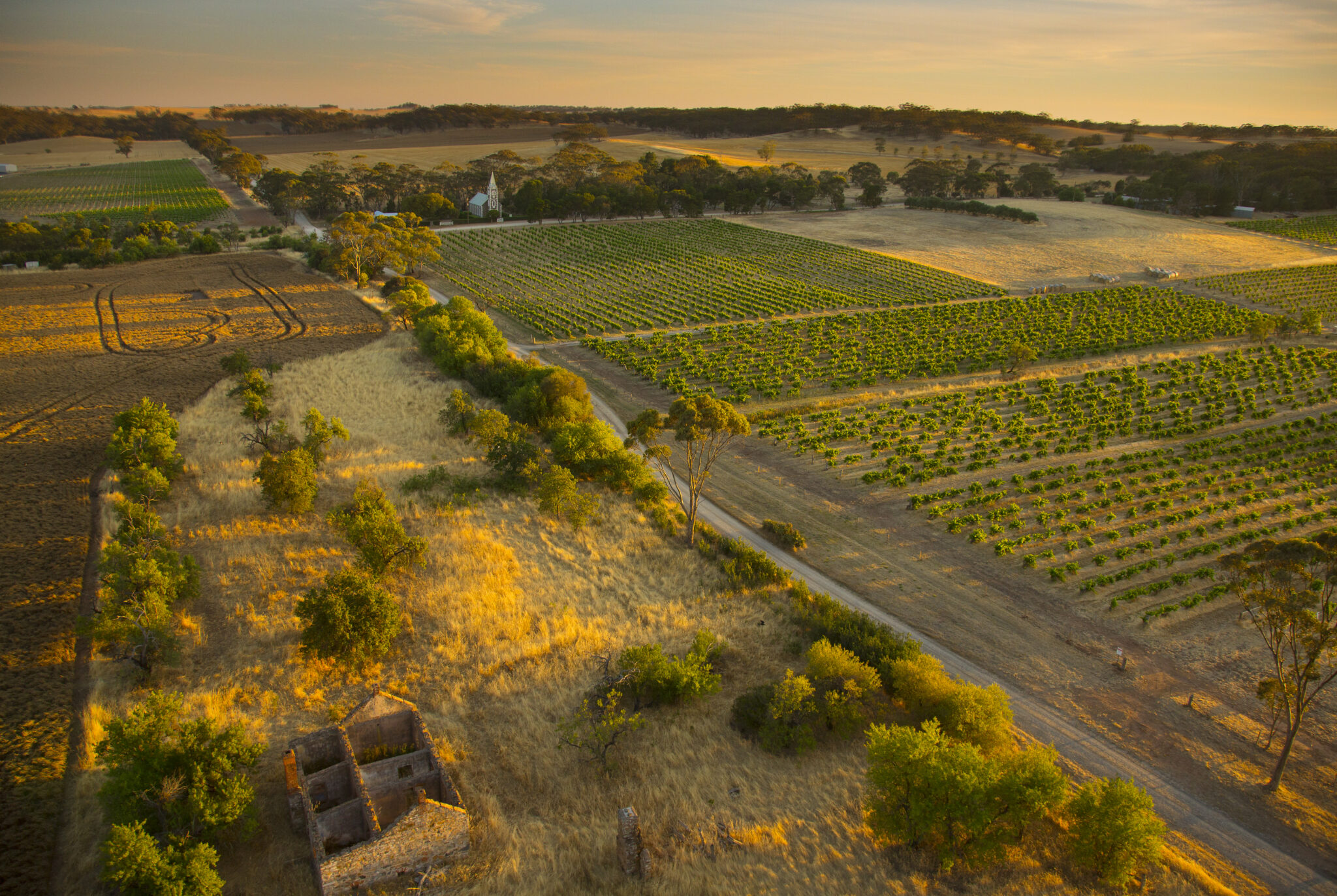

‘Attitudes have changed a little. The next generation has a better education in that area, so they understand the benefit of native plants in our environment. Sometimes it’s about soil health, other times it’s the ecosystem. But if you can’t put biodiversity in your marketing blurb somewhere, don’t even bother trying to sell the wine.’
‘The whole Henschke story is incredible. The persecution in Silesia, the journey to Australia, that whole history of South Australia developing as a free settlement, and then the family, still with their German traditions, gradually developing what they did best. I think pretty much every European country was represented in the migration to Australia after the Second World War, and that led to a very different food-and-wine culture, and the wine that the Henschkes had been drinking for over 100 years suddenly made sense in the marketplace. We often say, thank God we don’t make nails or something.’
‘The Hill of Grace vineyard was planted around 1860, we think. The fact that we’ve still got that same vineyard 160 years later, it’s incredible. I always wonder why they planted in that spot. My bet is because there’s a huge red gum tree there that indicated deep soil and good moisture. The oldest vines were planted right next to the creek, so we assume they understood what the soil was like. That first generation had the benefit of a natural, unfarmed landscape, so they could actually see where the best spots to plant were.’
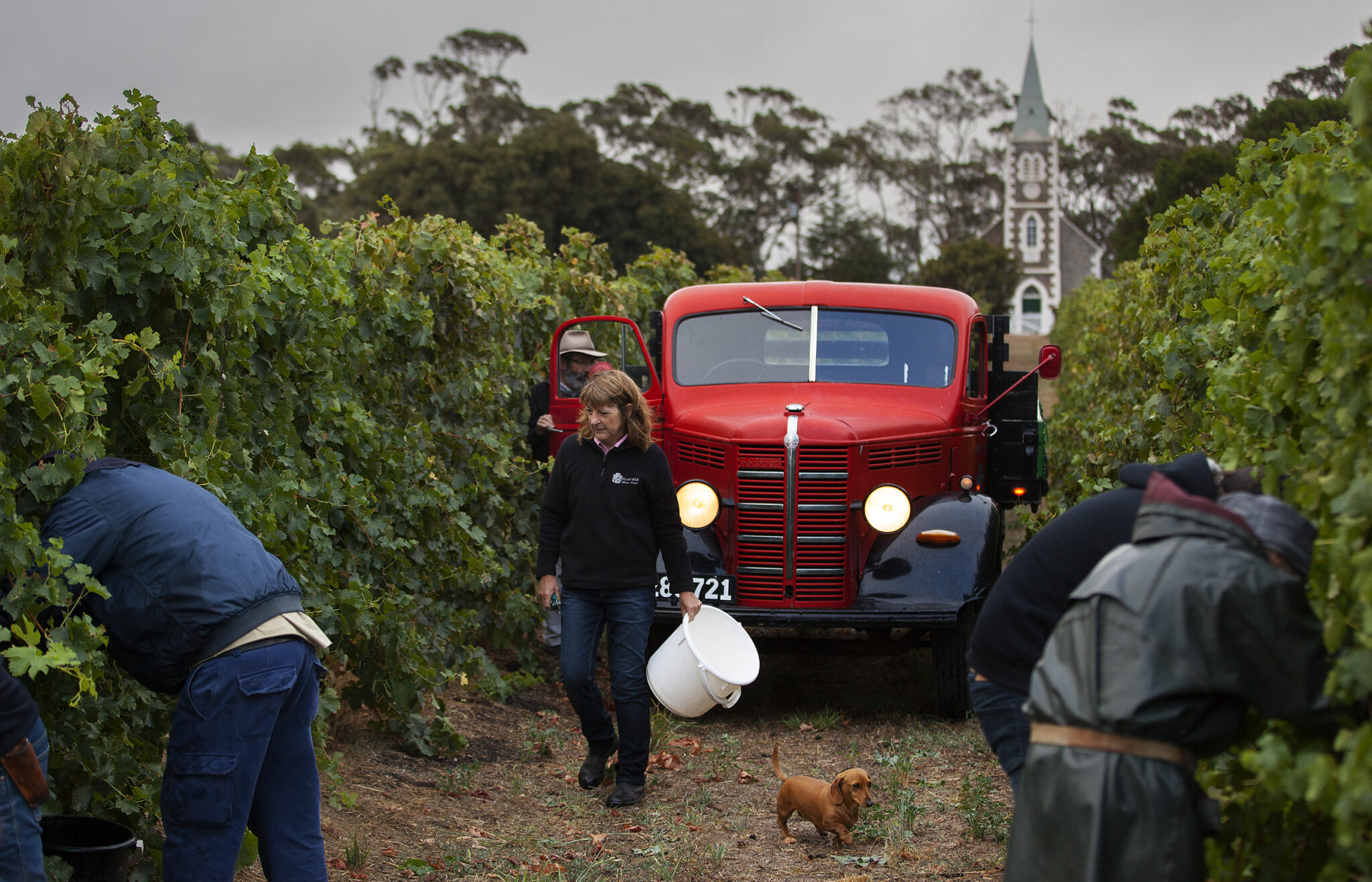

‘We did a trial comparing old vines with a newer patch planted close by, over three years, and three really different vintages. It was extraordinary. We got the same sugar levels, but a different pH. The old vines had a higher acidity compared to the young vines. The young vines were out of balance.’
‘We’ve run some tastings of Hill of Grace against Grange – two absolutely classic examples of a single vineyard versus a blend. I’m not going to say one was better than the other, but there’s more vintage variation in a single-vineyard wine, of course. Whereas a blend will tend to show you more of what the winemaker is trying to achieve.’
‘We haven’t been too affected by climate change just yet, or at least not in terms of that huge hike in temperature. And you can manage drought in a vineyard. You can introduce more canopy, irrigate, put nets over the crop to reduce the impact of the sunlight. So if climate change really does hit, a lot more is going to suffer than just a vineyard. It’ll be a whole landscape that’s dying. I just hope we’ve done something about it by then. It’ll be ridiculous if not.’
‘We introduced some new varieties to encourage more savoury flavours. Tempranillo, Nebbiolo, Barbera, Graciano… That’s the direction we wanted to take with Shiraz as well, heading away from the over-14%, big, bold, “hard” wines towards more savoury, peppery flavours. We do a single-varietal Tempranillo and Barbera, but it’s great to have other varieties as blenders too, to help [raise] the acid profile.’
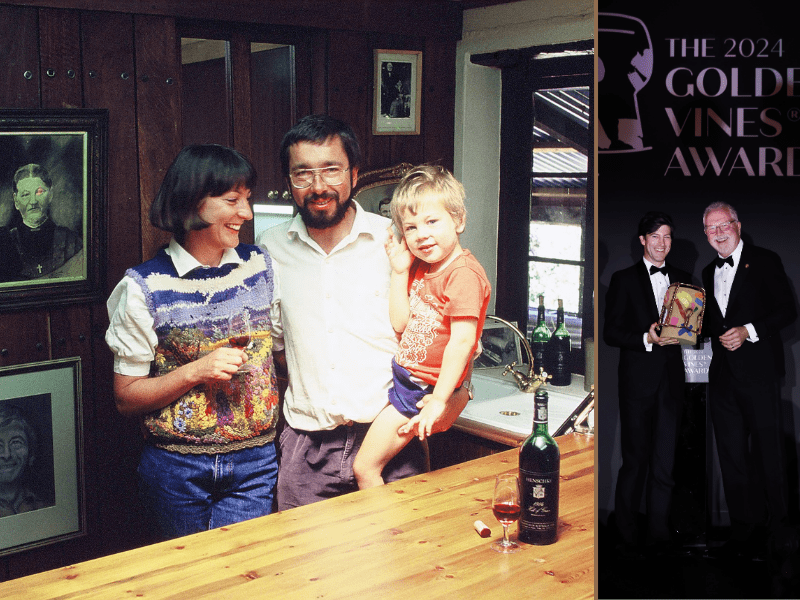

‘Grüner Veltliner is one of my favourite varieties. I fell in love with it when we were in Germany. I love the rich, spicy note. I struggle with Sauvignon Blanc, on the other hand.’
‘The one time Stephen and I had a serious argument was when we moved to Vertical Shoot Positioning and we argued over the height of the vineyard posts. To do VSP justice, you’ve got to have a metre of canopy and the fruiting wire at a decent height, so that not everyone is crouching over to pick grapes. So I was advocating for 9ft posts. I’m pleased to say that today, we use 9ft posts almost exclusively across the Eden Valley vineyards.’
‘Our first date, in the ’70s, was a Rolling Stones concert. We saw them again two years ago when they came to Adelaide, and Mick Jagger has still got it. He was incredible, dancing around like a 30-year-old. The band behind him looked a bit tired though.’
‘I play a lot of golf. It teaches you patience. You’ve got four hours to make the right decisions, weighing up the percentages, and once a decision is made, you live with it, and learn from it. When I was younger, it also taught me how to talk in front of people. We were playing in a team, and you’d have to stand up and thank people, and make sure that they listened. That really taught me to address people in a forum.’
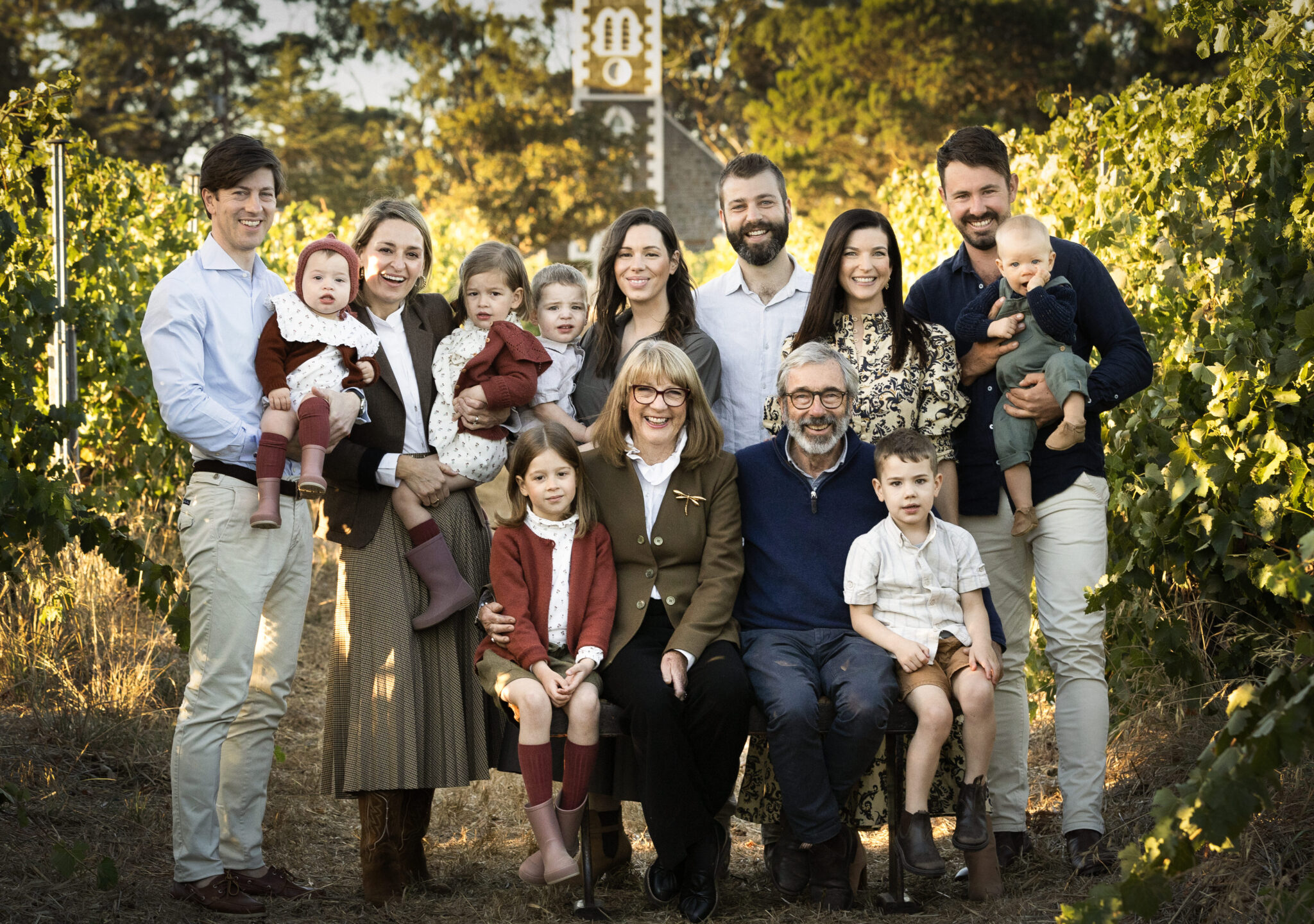

‘I love dachshunds. They’re cheeky, fun-loving, very playful, but manageable. They don’t outrun you. Lotte would come out into the vineyard with me and just stay at my feet. Alfie is our latest, but he’s not allowed out the yard because he’s got a hunting instinct. The last one was the same, and we lost him because he chased a kangaroo and came off worse. It was terrible. Kangaroos are a pest – on the golf course as well as in the vineyard.’
‘All our children went their own way in their initial training, nothing to do with wine. But when our oldest, Johann, called us and told us he was changing from doing a science course to a wine science course, we cracked open the first Champagne we could find. Justine did business and law in Sydney, and we didn’t ever think she’d leave there, but she did. Now she’s our marketing manager. Andreas studied mechanical engineering and is having a sabbatical from the water engineering company he works for to project manage the extension of our fermentation area. To watch my youngest son actually organise – because the third child tends not to organise – has been wonderful.’
‘We have eight grandchildren now. I looked after the youngest one, George, today. We played cars and tractors all day – it was fantastic.’
Not a 67 Pall Mall Member? Sign up to receive a monthly selection of articles from The Back Label by filling out your details below
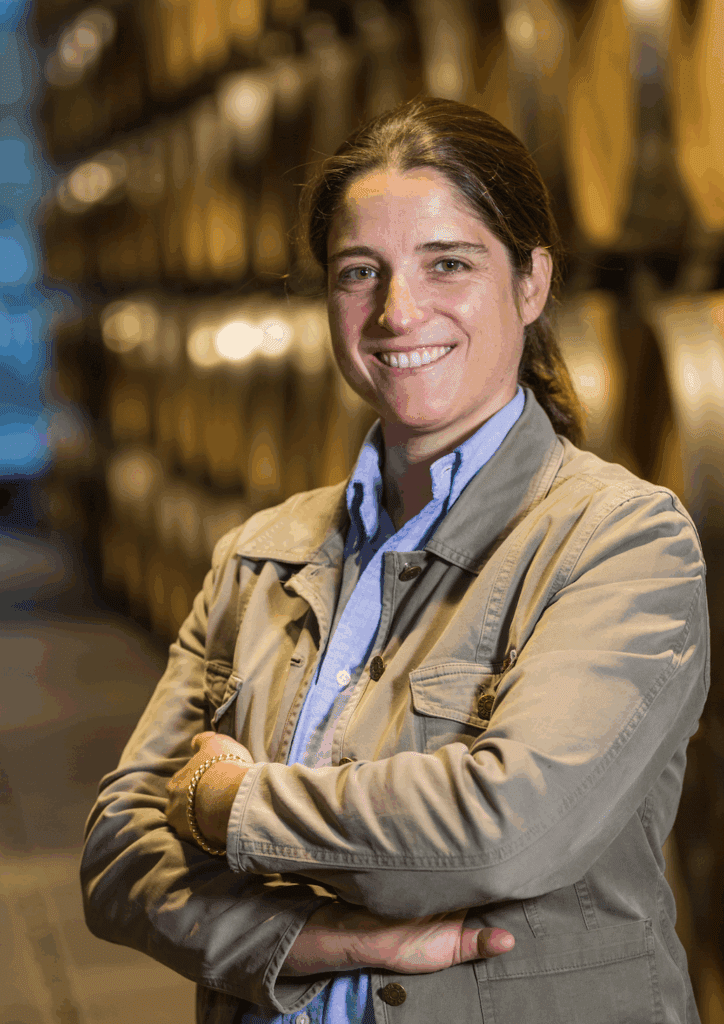

TWO
MINUTES
WITH
Priscilla Incisa della Rocchetta, Tenuta San Guido
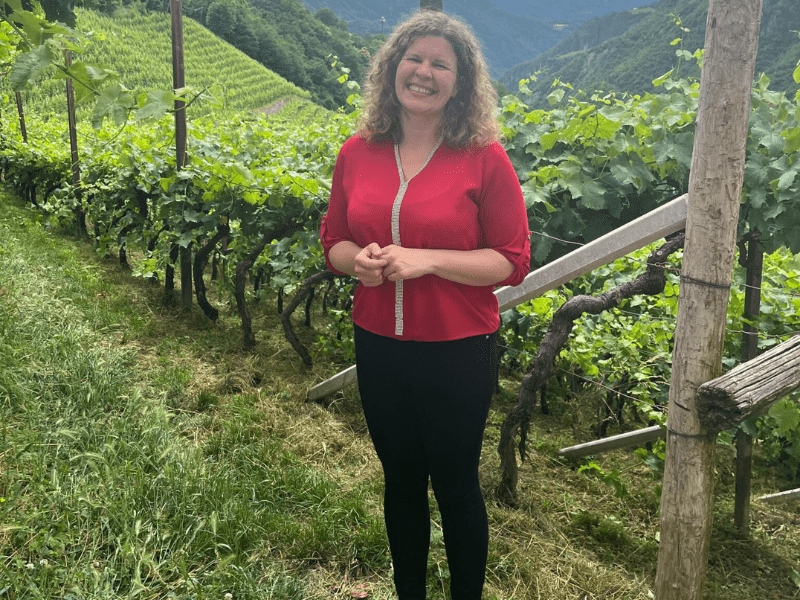

IN
THE
VINEYARD
Gump Hof, Alto Adige, Italy
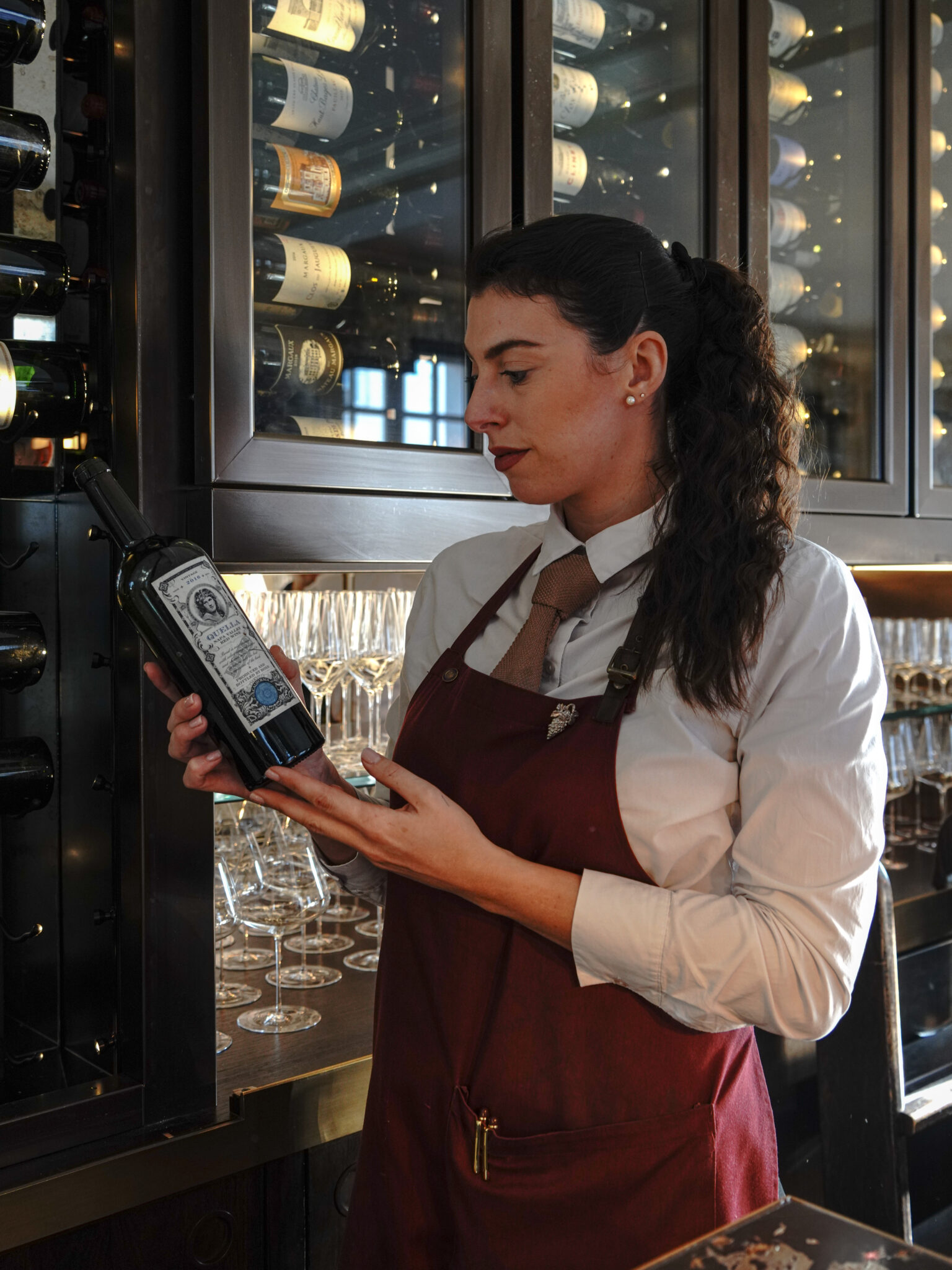

ON
THE
LIST
Mariachiara Faccin
